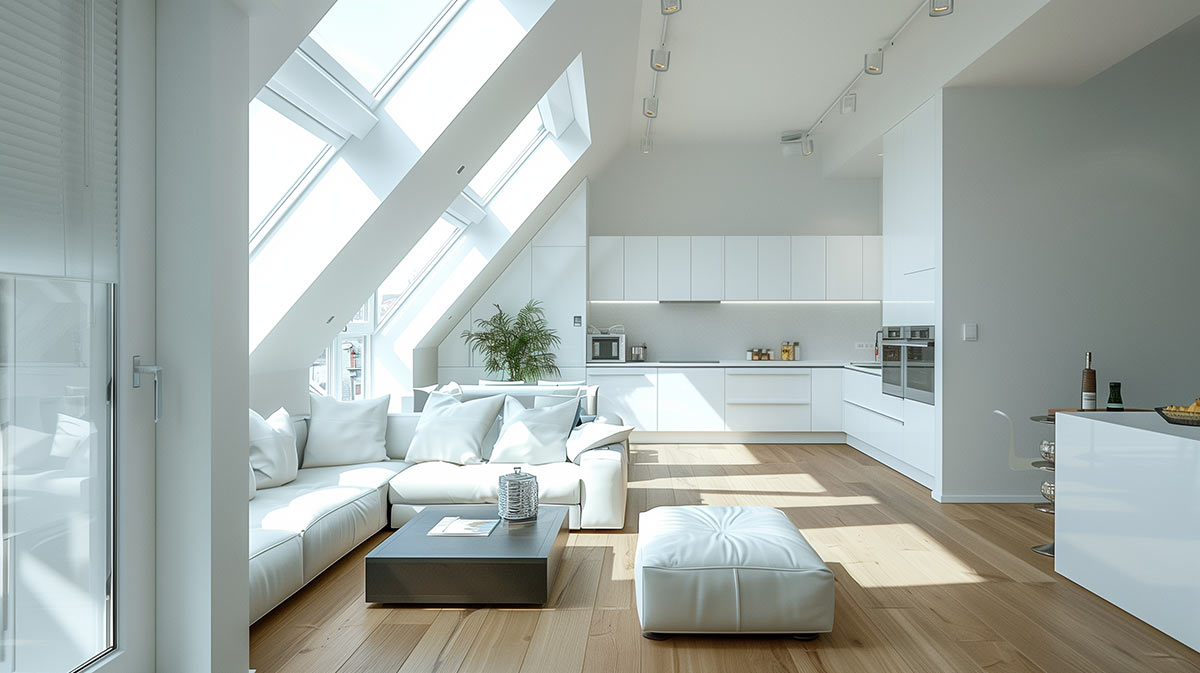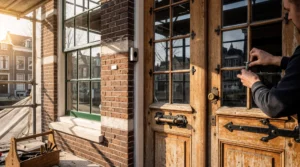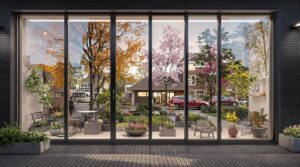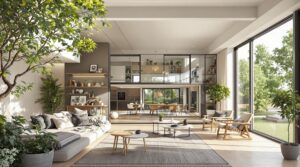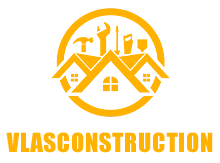In the heart of the Netherlands, where every building tells a story and every street corner holds a piece of history, the challenge of expanding living space without compromising the nation’s architectural integrity is paramount. Dutch homeowners, nestled in landscapes dotted with historical gems, are increasingly seeking innovative ways to extend their homes. These endeavors aim not only to enhance living areas but also to preserve and celebrate the architectural heritage that defines Dutch culture. This article unveils five pioneering ideas for home additions, tailored to accommodate the unique blend of modern living needs and historical preservation. From vertically expanding your abode to revitalizing unused spaces, our suggestions promise to enrich your home while honoring the Netherlands’ architectural legacy.
Add a Second Story
Elevating your home with an additional story stands as a testament to blending the old with the new, a homage to the Netherlands’ architectural evolution. This approach offers a respectful nod to the past while accommodating the future, especially pertinent for homes nestled within historical settings.
Benefits
The allure of adding a second story lies in its dual promise: significantly expanding your living space without encroaching on the precious land that surrounds your home. This choice is especially poignant for owners of historical homes who wish to maintain the property’s original footprint. Beyond the practicality of added space, this venture presents an opportunity to integrate modern efficiencies—like enhanced insulation and energy-saving windows—into a classic structure, marrying the best of both worlds.
Considerations for Historical Buildings
Adding a second story to a historical building requires a sensitive touch and meticulous planning. It’s imperative to engage with architects and builders who specialize in historical renovations, ensuring the addition respects the building’s original character and complies with local heritage preservation guidelines. Structural assessments become even more crucial, as the addition must support not just the physical weight but also the responsibility of extending a historical narrative. Navigating planning permissions and zoning regulations demands a thorough understanding of both local laws and the nuanced requirements of historical preservation.
Success Stories
Illustrating this section with success stories of historical homes that have gracefully welcomed a second story can serve as a beacon for homeowners contemplating this journey. These narratives underscore the seamless fusion of past and present, showcasing how such additions not only enhance living spaces but also contribute to the preservation and evolution of Dutch architectural heritage. A case study could detail the transformation process, the innovative solutions employed to blend new structures with old, and the joyous unveiling of a home reborn, ready to write its next chapter.
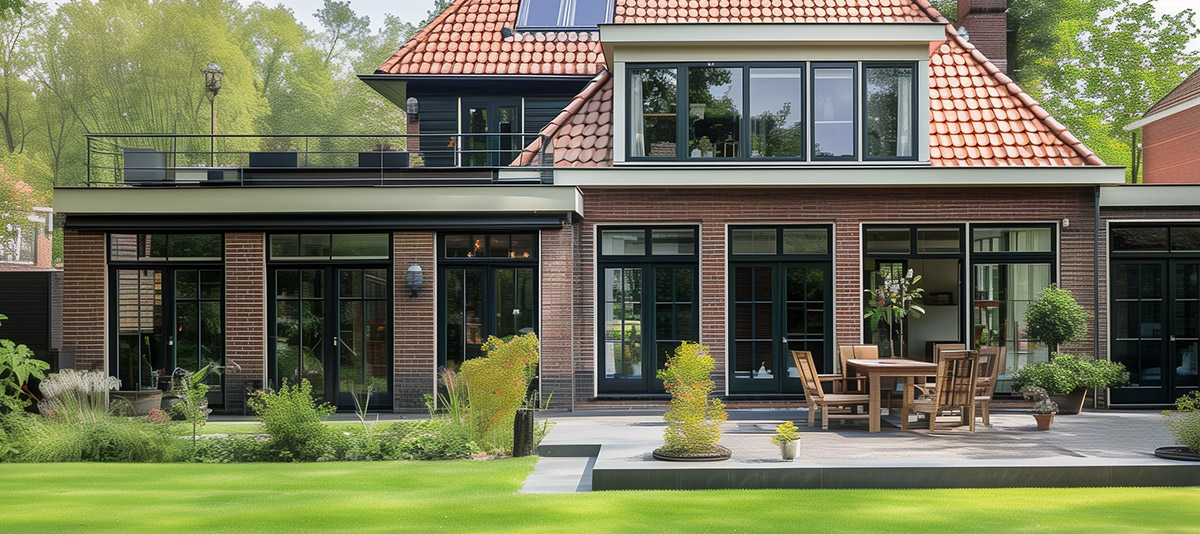
Convert the Attic
Transforming an attic into a functional living space is an ingenious way to utilize every square inch of your home, particularly appealing for historical properties where maintaining the external appearance is crucial. Attic conversions can breathe new life into underused spaces atop, offering unique charm with their sloped ceilings and exposed beams.
Benefits
Attic conversions make the most of existing structures without altering the home’s footprint, preserving the historical facade while providing additional, secluded living areas. This option is ideal for creating bedrooms, home offices, or artist studios, imbued with the distinctive character that only attic spaces can offer.
Design Ideas
Designing an attic space requires creativity to work with its unique shapes and angles. Skylights or dormer windows can introduce natural light and enhance the area’s airiness, transforming it into a bright and inviting space. Insulation and heating solutions should be considered to ensure comfort year-round, respecting the building’s original materials and aesthetic.
Practical Tips
The key to a successful attic conversion in a historical home lies in the balance between modern functionality and architectural integrity. Engaging with heritage conservation specialists can provide insights into permissible modifications, ensuring that any changes, such as adding windows or reinforcing structures, align with preservation guidelines.
Finish the Basement
Revamping an unfinished basement into a lively part of your home offers a blank canvas for creativity, especially within the confines of historical preservation. This underutilized space holds immense potential for a variety of uses, from entertainment rooms to guest suites.
Versatility
The versatility of a finished basement is unmatched, providing ample room for customization to suit any need—be it a cozy family den, a sophisticated wine cellar, or a vibrant play area for children. For historical homes, careful consideration of materials and design can seamlessly integrate modern conveniences while honoring the past.
Challenges and Solutions
Basement conversions in historical buildings pose unique challenges, including moisture control and limited natural light. Innovative solutions, such as advanced waterproofing methods and strategic lighting design, can overcome these hurdles, ensuring the space is both functional and inviting.
Design Inspiration
Embracing the basement’s inherent features, like exposed brick walls or archways, can add to its charm and character. Incorporating adaptive reuse principles, such as repurposing old furniture or architectural elements, can further tie the new space to the home’s historical narrative.
Build an Accessory Dwelling Unit (ADU)
The construction of an ADU on your property introduces a versatile solution for extra living space, a home office, or a rental opportunity, aligning with modern needs without compromising the historical context of your primary residence.
Growing Trend
ADUs are gaining popularity for their flexibility and potential income generation, offering a discreet way to expand living space. For historical homes, designing an ADU that complements the main house’s architectural style ensures coherence and respects the site’s heritage.
Regulations
Navigating the regulatory landscape is crucial, as building an ADU on a property with a historical home may require additional approvals. Collaboration with local historical societies and adherence to heritage preservation standards are essential steps in the planning process.
Benefits and Uses
ADUs offer a unique blend of privacy and proximity, ideal for guest accommodations, rental units, or extended family living spaces. Their design and construction can mirror the historical elegance of the main house while incorporating eco-friendly technologies and modern comforts.
Add a Wrap-Around Extension
Wrap-around extensions offer a harmonious way to enlarge a home, wrapping new spaces around existing structures in a respectful embrace. This approach is particularly suited to historical properties, where any addition should be sympathetic to the original design.
Architectural Harmony
A well-designed wrap-around extension can enhance the home’s original beauty, creating a fluid transition between old and new. Using materials and design cues from the historical structure ensures the extension appears as a natural evolution rather than a disjointed add-on.
Space Maximization
This type of extension cleverly utilizes the available outdoor area to maximize indoor living space without compromising the property’s character. Strategic planning can create a seamless flow between indoor and outdoor spaces, enhancing the home’s functionality and aesthetic appeal.
Customization Options
The flexibility of wrap-around extensions allows for a variety of uses, from kitchen expansions to sun-filled living rooms. Each project can be tailored to the homeowner’s needs while paying homage to the property’s historical significance, ensuring a personalized and respectful upgrade.
Conclusion
Embracing the future without letting go of the past is a delicate dance, especially when it comes to expanding our living spaces within the storied landscapes of the Netherlands. The innovative ideas presented here—from adding a second story that whispers to the skies to transforming basements into lively family havens—offer a pathway to enhancing our homes while preserving the architectural soul that defines Dutch heritage. Each suggestion is not just a blueprint for more square meters; it’s a vision for creating spaces that resonate with history, functionality, and beauty.
As we consider these possibilities, the importance of partnering with experienced professionals cannot be overstated. Companies like Vlas Construction B.V., with their deep understanding of both modern construction techniques and historical preservation, stand ready to guide homeowners through the complex journey of home expansion. Whether it’s navigating the nuances of planning permissions or ensuring that a new addition pays homage to its historical context, their expertise is invaluable.
In the end, expanding your home in the Netherlands is about more than just adding space—it’s about enriching your living experience while contributing to the narrative of your community’s architectural heritage. We invite you to reach out to Vlas Construction B.V. at +31 6 20 77 39 99 or info@vlasconstruction.nl to explore how your home expansion dreams can become a reality, blending seamlessly with the tapestry of Dutch history.


